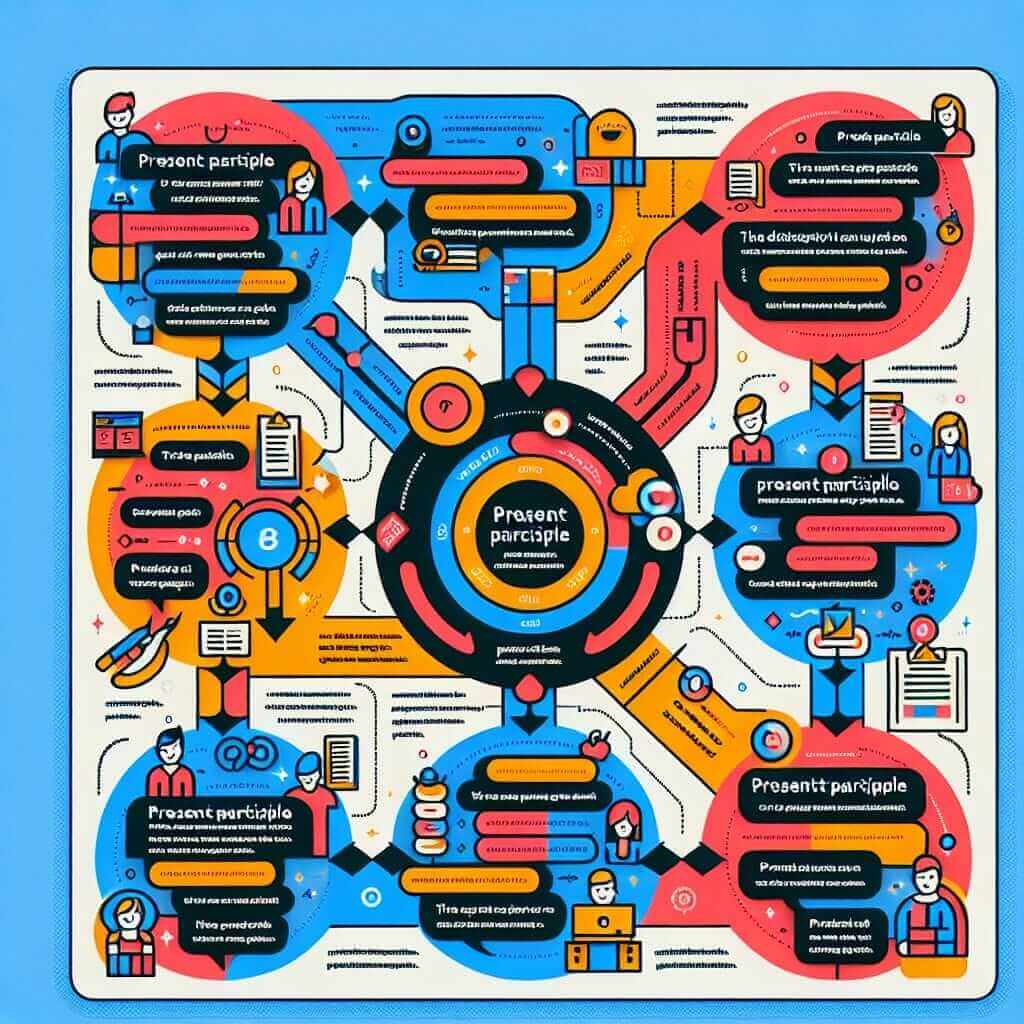The present participle, ending in “-ing,” is a workhorse in the English language. One of its key functions is to express ongoing actions, adding dynamism and vividness to your writing and speaking. Mastering its use is crucial for achieving a Band 7 or higher in IELTS.
Let’s analyze a few examples of how the present participle indicating continuous actions appears across different sections of the IELTS:
Speaking Part 2: “While traveling through Southeast Asia, I encountered a diverse range of cultures.” (This sentence uses the present participle “traveling” to describe the background action against which the main action of “encountering” occurs.)
Writing Task 1: “The graph illustrates the fluctuating number of tourists visiting the country over a decade.” (Here, “visiting” modifies “tourists,” specifying the type of tourists being discussed.)
Listening Section 2: You might hear a speaker say, “The museum is currently undergoing renovations.” (The present participle “undergoing” emphasizes the ongoing nature of the renovations.)
Understanding the Present Participle for Continuous Actions
The present participle allows you to portray actions as happening over a period of time, not just as single, completed events. This is essential for creating engaging narratives in the Speaking section, accurately describing trends in Writing Task 1, and fully comprehending nuances in the Listening and Reading sections.
Using the Present Participle: Form and Function
Form: Base verb + “-ing” (e.g., walk + -ing = walking, study + -ing = studying)
Functions:
- As part of continuous verb tenses: I am writing an essay. They were playing football.
- As an adjective: The sleeping cat didn’t even notice the noise.
- After prepositions: He is interested in learning Spanish. She left without saying goodbye.
- To introduce a dependent clause: Seeing the traffic, I decided to take the train.

Applying the Present Participle in IELTS
Writing Task 1
- Describing trends: “The number of students enrolling in online courses is steadily increasing.”
- Highlighting simultaneous actions: “The company’s profits dipped in 2015, coinciding with the launch of a new product.”
Speaking Part 2
- Making your stories more vivid: “I remember walking along the beach, the sun setting in the distance, and feeling completely at peace.”
- Adding detail to your descriptions: “He was a tall man, always smiling and offering a helping hand.”
Listening and Reading
- Understanding complex sentences: Be prepared to identify the subject and object of actions described using present participles.
- Grasping implied meaning: Recognizing the continuous nature of an action can be key to answering questions correctly.
Reaching for a Higher Band: Advanced Usage
- Using participial phrases: “Having finished his homework, John went out to play.” This adds sophistication and flow to your writing.
- Understanding dangling participles: Be cautious of phrases like “Walking down the street, the building was tall.” Ensure the participle phrase modifies the correct noun.
Common Mistakes to Avoid
- Incorrect tense sequence: “She is coming tomorrow, saying she has a surprise.” (Incorrect – should be “She is coming tomorrow and says she has a surprise.”)
- Overusing the present participle: Vary your sentence structures to avoid sounding repetitive.
Conclusion
Mastering the use of the present participle is fundamental to achieving a high IELTS band score. It allows you to express continuous actions accurately and vividly, ultimately enhancing your ability to communicate effectively in English. By understanding its various functions and practicing its application in different contexts, you’ll be well on your way to achieving your desired IELTS score.